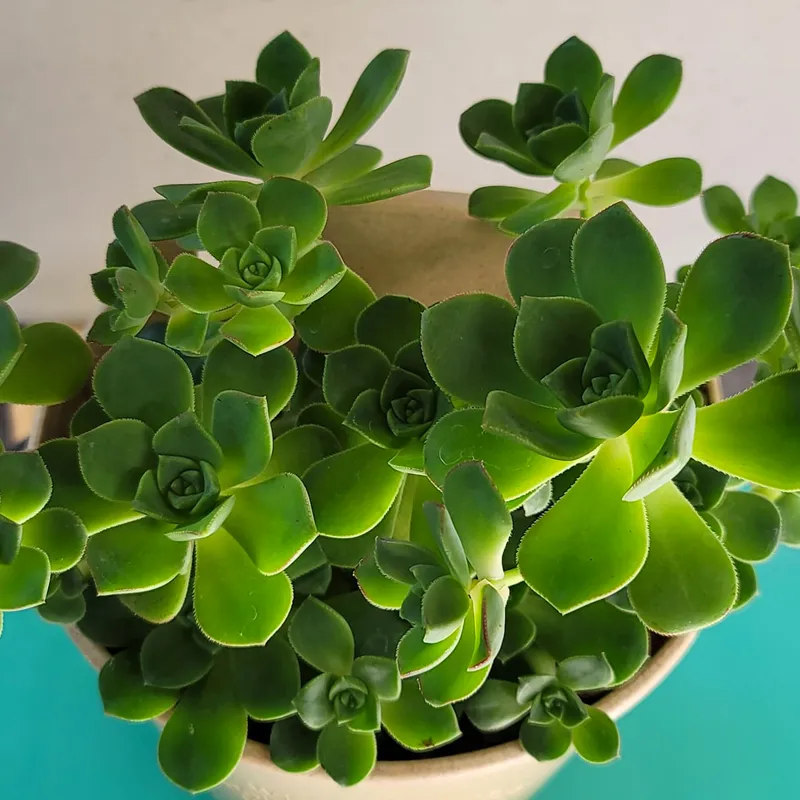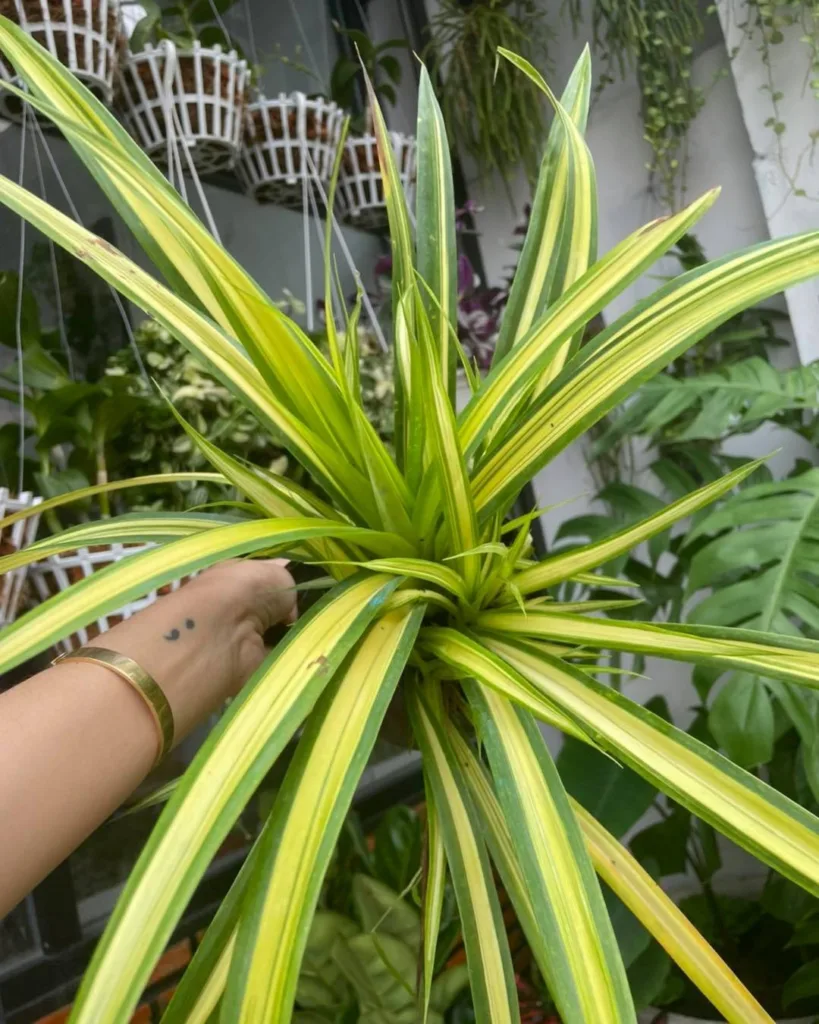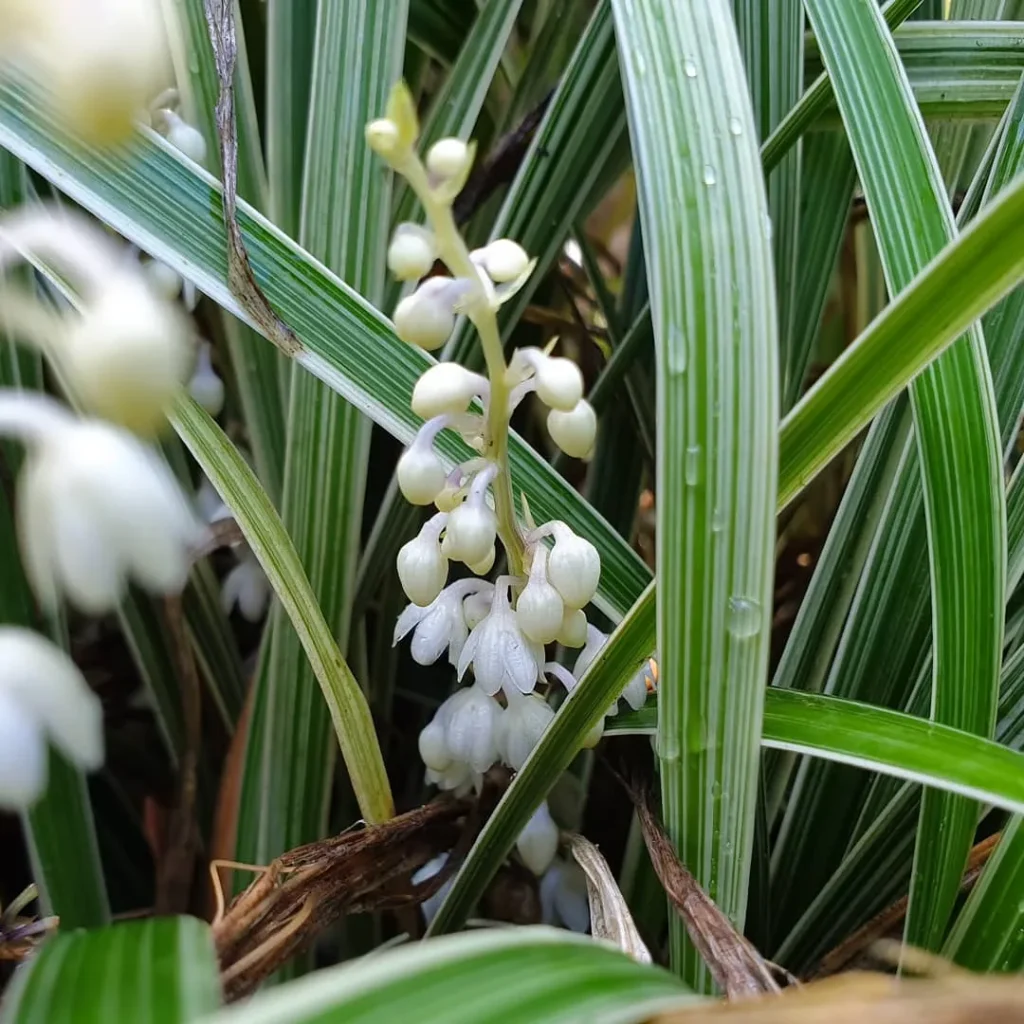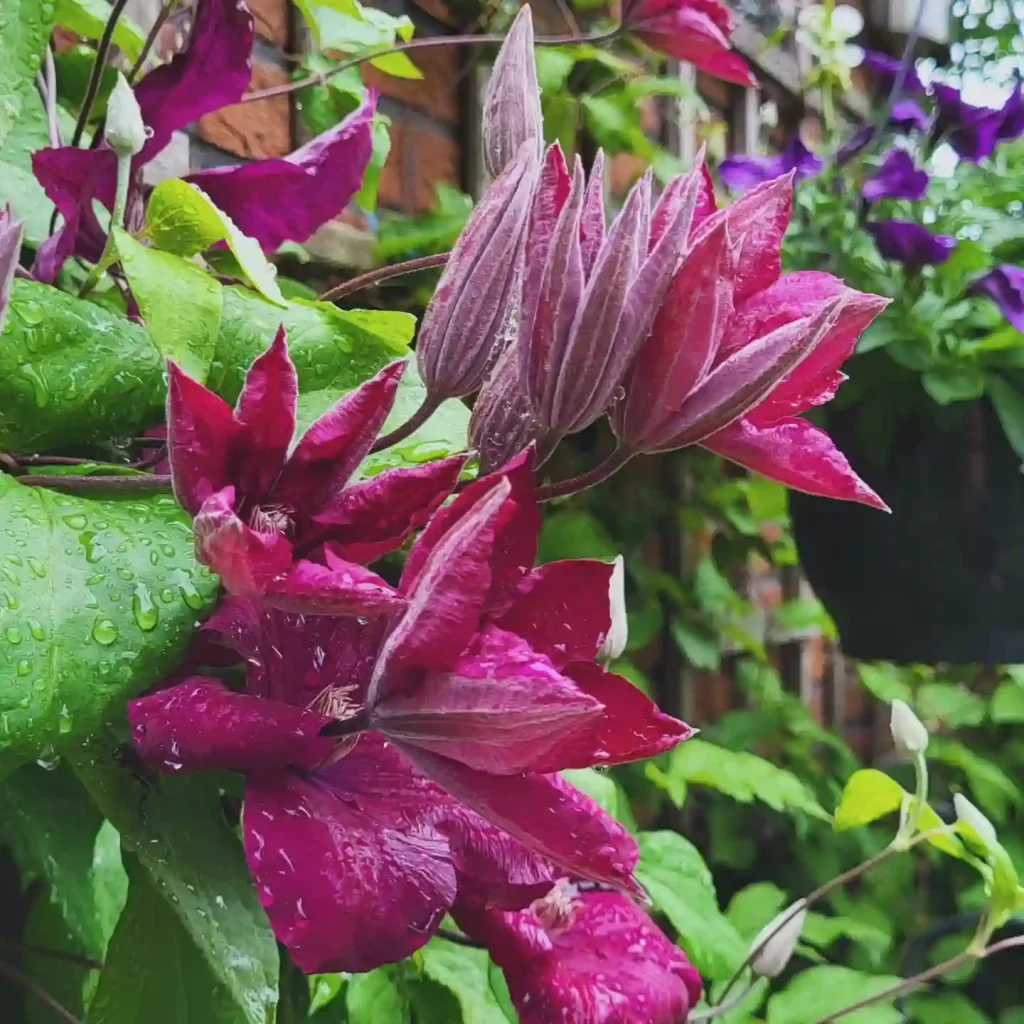Nepenthes Clipeata: A Breathtaking But Endangered Carnivore
Hi, I’m Ferb Vu, and I’m obsessed with carnivorous plants. Today, we’re diving deep into the fascinating world of Nepenthes Clipeata, a unique and precariously endangered pitcher plant.
Plant Family: Nepenthaceae – 207 Species in Genus Nepenthes
What is Nepenthes Clipeata?
Nepenthes Clipeata is a captivating carnivorous plant native to the island of Borneo. It’s known for its spectacular “pitcher” traps – modified leaves that resemble, well, pitchers. These alluring containers lure unsuspecting insects inside, where they meet a sticky demise and become the plant’s nutrient source.
How Big Can Nepenthes Clipeata Get?
These beauties can pack a punch! Their pitchers can grow up to 30 centimeters tall, with a bulbous base that tapers into a slightly funnel-shaped opening. Imagine a miniature amphora, but way more deadly for insects.
What Makes Nepenthes Clipeata Unique?
Here’s what truly sets Nepenthes Clipeata apart: its leaves. Unlike most pitcher plants, Nepenthes Clipeata boasts “peltate” leaves. This means the tendril, a thin thread that supports the pitcher, attaches to the underside of the leaf blade before the tip. Think of it like a shield with a handle coming out from the back.
Is Nepenthes Clipeata Easy to Grow?
Nepenthes Clipeata thrives in warm, humid environments, mimicking its lowland tropical origins. While not the easiest carnivorous plant to cultivate, it’s incredibly rewarding for experienced growers. Providing consistent humidity, bright, indirect sunlight, and the right watering regimen is key.
What are the specific watering needs of Nepenthes Clipeata?
Nepenthes Clipeata prefers consistently moist, but not soggy, soil. Ideally, use distilled water or rainwater to avoid mineral build-up. You can water from the top until water runs out the drainage holes, or consider bottom watering by placing the pot in a tray of water and letting it soak for a short period.
What kind of soil is best for Nepenthes Clipeata?
A well-draining, airy potting mix is crucial. Popular options include a mix of long-fiber sphagnum moss, perlite, and orchid bark.
Does Nepenthes Clipeata need feeding?
As a carnivorous plant, Nepenthes Clipeata obtains nutrients from the insects it traps. However, some growers occasionally offer very dilute orchid fertilizer or crushed bloodworms to supplement their plants, especially if they struggle to attract prey indoors.
How often should I repot Nepenthes Clipeata?
Repotting is only necessary when the current pot becomes overcrowded or the potting mix breaks down. Repot during the spring or summer growing season using a slightly larger pot with fresh potting media.
Can Nepenthes Clipeata be grown indoors?
Yes, with the right conditions! Providing bright, indirect light, high humidity (think terrariums or pebble trays with water), and warm temperatures (ideally between 70-85°F) is essential.
What are the biggest challenges of growing Nepenthes Clipeata?
Maintaining consistent humidity is the biggest hurdle for most growers. Additionally, ensuring proper ventilation to prevent fungal diseases and mimicking the specific light and temperature requirements can be tricky.
Can Nepenthes Clipeata pitchers be harvested?
While some growers harvest mature empty pitchers for aesthetic purposes, it’s generally not recommended. This can stress the plant and hinder its ability to capture prey.
Are there any Nepenthes Clipeata hybrids?
There aren’t any commercially available Nepenthes Clipeata hybrids yet. However, due to its unique characteristics, some enthusiasts might be interested in exploring hybridization in the future.
Where Can I Find Nepenthes Clipeata?
Unfortunately, encountering Nepenthes Clipeata in the wild is a near-impossible feat. With only an estimated 15 plants remaining in their natural habitat, this captivating carnivore is critically endangered. Thankfully, conservation efforts through tissue culture propagation offer a glimmer of hope. Most Nepenthes Clipeata available for purchase are clones or cultivated seeds.
Is Nepenthes Clipeata Different from Other Pitcher Plants?
Absolutely! Here’s a quick breakdown of how Nepenthes Clipeata stands out from its carnivorous kin:
- Leaf Attachment: As mentioned earlier, the peltate leaves with the tendril attaching to the underside are unique to Nepenthes Clipeata.
- Habitat: Most Nepenthes species favor highland regions, while Nepenthes Clipeata thrives in the lowlands.
- Endangerment: Sadly, Nepenthes Clipeata faces a much higher threat of extinction compared to other Nepenthes varieties.
How Can I Help Save Nepenthes Clipeata?
The best way to contribute to the conservation of Nepenthes Clipeata is to support reputable growers who prioritize ethical propagation methods. Avoid purchasing plants from unknown sources that might contribute to wild poaching.
Nepenthes Clipeata: A Plant Worth Protecting
Nepenthes Clipeata is a testament to the captivating diversity of the plant kingdom. Its beauty and rarity make it a treasure worth cherishing. By educating ourselves and supporting responsible cultivation practices, we can ensure this remarkable carnivore continues to amaze plant enthusiasts for generations to come.
If i die, water my plants!



